Metal detecting is a fascinating hobby that combines the thrill of treasure hunting with the satisfaction of historical preservation. Whether you're a seasoned treasure hunter or a newcomer to the metal detecting community, understanding how to read your metal detector properly is crucial for a successful metal detecting adventure.
When I first started metal detecting, getting a detector was my first goal! Once I brought home that detector, I can't tell you how excited I was to start using it! Well, that was an eye opener! I quickly learned that it was going to take some patience and education before I had it mastered! My advice, keep reading below to find out how your detector works and how to understand what it's telling you so that you can find more treasure!
This comprehensive guide will walk you through the essentials of using a metal detector, from ground balance to target identification, ensuring you can unearth hidden treasures with confidence.
Understanding Your Metal Detector's Basics
Before you start your treasure hunting journey, it's essential to familiarize yourself with the basic components and functions of your specific metal detector. Most modern metal detectors come equipped with an LCD screen that displays information about detected metals, such as depth and probable type.
Learning to interpret these readings accurately is the first step in using a metal detector effectively.
The Role of Search Coils in Detection
The search coil is the part of the metal detector that actually senses the metallic objects in the ground. Different coils can vary in size and shape, affecting the detection depth and sensitivity to different metals.
Larger coils can detect deeper targets, while smaller coils are better suited for finding smaller objects at varying depths.

Ground Balancing for Optimal Performance
Ground balancing is a critical feature of advanced metal detectors, especially when dealing with highly mineralized soil. It allows the detector to ignore ground minerals and focus on metallic objects.
Learning to adjust the ground balance is key to avoiding false signals and improving the accuracy of your metal detecting.
The Importance of Target Identification
Once your metal detector signals the presence of a metallic object, it's crucial to use target identification features to determine whether it's worth digging.
Advanced detectors provide audio tones—low pitched for ferrous metals like iron and high pitched for non-ferrous metals like gold or silver—to help you distinguish between different metals.
Pulse Induction vs. Very Low Frequency Detectors
Pulse induction metal detectors and very low frequency detectors are two common types of metal detectors operating on different principles.
Pulse induction models are excellent for gold prospecting and wet sand conditions, while very low frequency detectors are versatile and great for detecting multiple metals.
Multi Frequency Detectors: A Versatile Choice
Multi frequency detectors are capable of operating on several frequencies simultaneously, making them adept at finding a variety of valuable items, including precious metals and historical artifacts.
They are particularly useful in areas with high foot traffic where multiple metals may be present.
Choosing the Right Metal Detector
Selecting the right metal detector for your needs is crucial. Consider factors like the type of treasure hunting you'll be doing, the ground conditions you'll face, and the learning curve you're comfortable with. The best metal detector is one that suits your specific metal detecting goals and environment.
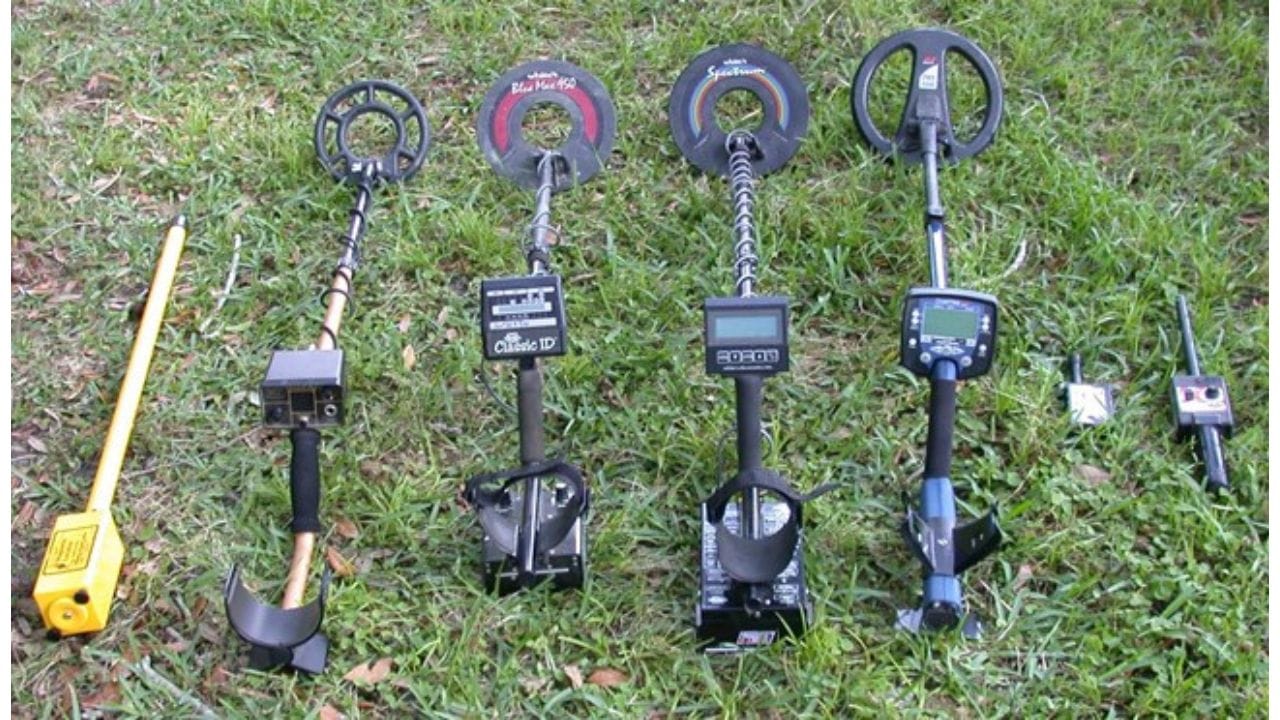
The Significance of Ground Mineralization
Ground mineralization refers to the presence of ground minerals that can affect a metal detector's performance. Understanding how your detector reacts to different ground conditions can help you adjust its settings for more accurate detection.
Dealing with False Signals
False signals can be frustrating for metal detectorists. They often occur due to trash items like pull tabs or due to highly mineralized soil. Learning how to differentiate these signals from those of valuable targets is an essential skill for any detectorist.
Digging Tools and Techniques
Having the right digging tools is as important as using your metal detector correctly. A good set of tools can help you carefully uncover buried treasure without damaging it or the surrounding area. Additionally, knowing how to dig straight and replace the soil properly is part of responsible metal detecting.
The Art of Pinpointing Targets
Pinpointing is the process of finding the exact location of a detected metal object before digging. This skill reduces the amount of digging required and helps prevent damage to the target. Practice makes perfect when it comes to pinpointing.
Interpreting Audio Tones Accurately
Audio tones are a metal detector's way of communicating with the user. Learning to distinguish between the subtle differences in tones can mean the difference between unearthing a valuable item and a worthless one. Pay close attention to the audio feedback while metal detecting.
Maximizing Detection Depth
To find deeper targets, you need to maximize your metal detector's detection depth. This involves adjusting the sensitivity settings and understanding how different search coils can affect depth. Remember that deeper targets may require more effort to recover but can often be the most rewarding.
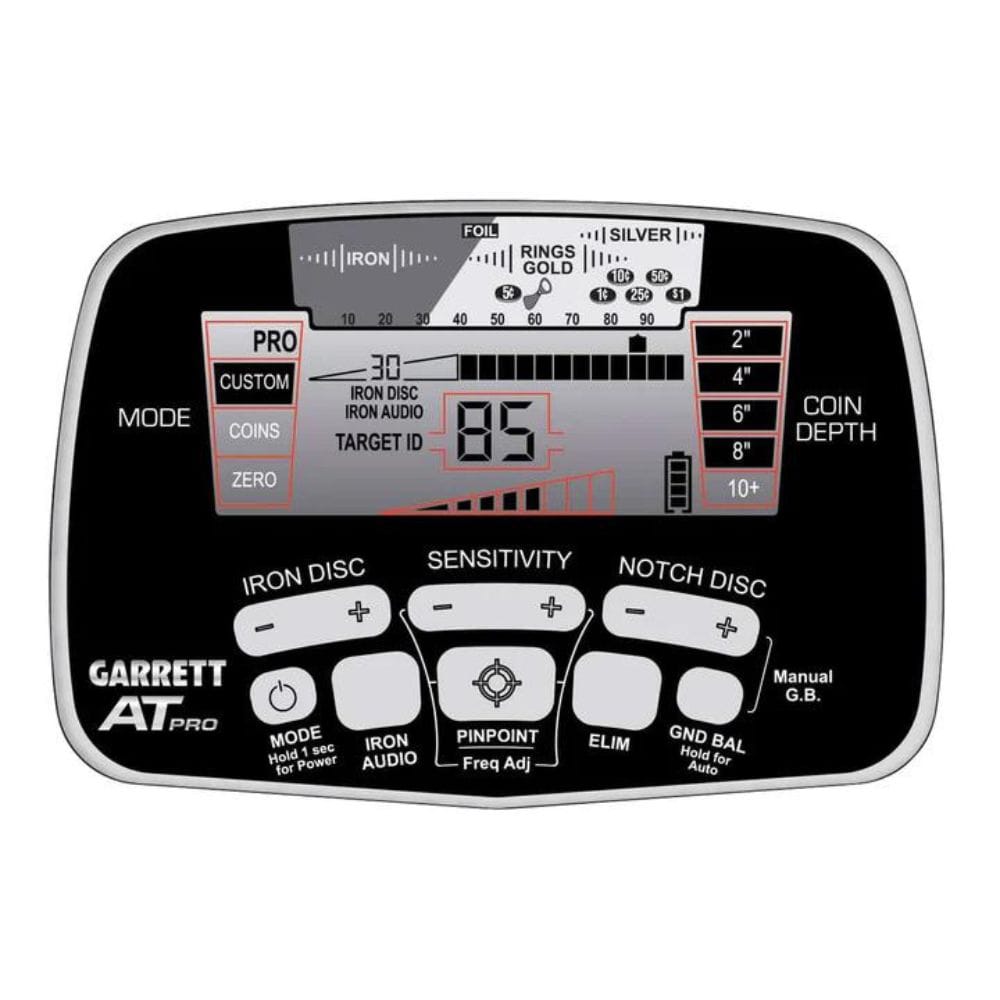
Navigating the Settings of Your New Metal Detector
Have you just unwrapped your new metal detector and are itching to start your treasure-hunting journey?
Well, before you step out, it's crucial to familiarize yourself with the detector's settings. Each knob, button, or menu option is there to help you find deep targets more efficiently. Start by adjusting the sensitivity to ensure you're not missing out on any buried object that could be a hidden gem.
Remember, too high, and you might get false signals; too low, and you might walk right over a treasure!
Understanding the target ID feature is like learning a secret language that speaks volumes about what's beneath your feet.
This handy tool gives you a numerical or visual indication of what type of metal you've detected, whether it's a low pitched tone for iron or a high pitched tone for something potentially more valuable like silver or gold.
By mastering your detector's target ID, you'll save time by digging for only the items that truly pique your interest. It's all about working smarter, not harder, as you sift through the earth's hidden stories.
Mastering the Detector's Settings for Greater Finds
When you first use a metal detector, the array of knobs, buttons, and switches can seem daunting. But fear not, as mastering your detector's settings is akin to learning a new language; with a bit of practice, it becomes second nature.
Start by familiarizing yourself with the basics: sensitivity, discrimination, and threshold. Sensitivity controls how responsive the machine is to metal objects, while discrimination helps you filter out unwanted targets, and the threshold sets the baseline level of sound for fainter, deeper objects.
Understanding and tweaking these settings can significantly enhance your treasure hunting experience. For instance, if you're in a highly mineralized area, reducing the sensitivity can help minimize false signals.
Conversely, in cleaner soils, cranking it up may help you find deeper targets. Remember, each site is unique, so there's no one-size-fits-all approach.
Experiment with your detector's settings in various locations to get a feel for what works best where. This hands-on experience is invaluable and will lead you to more exciting discoveries.
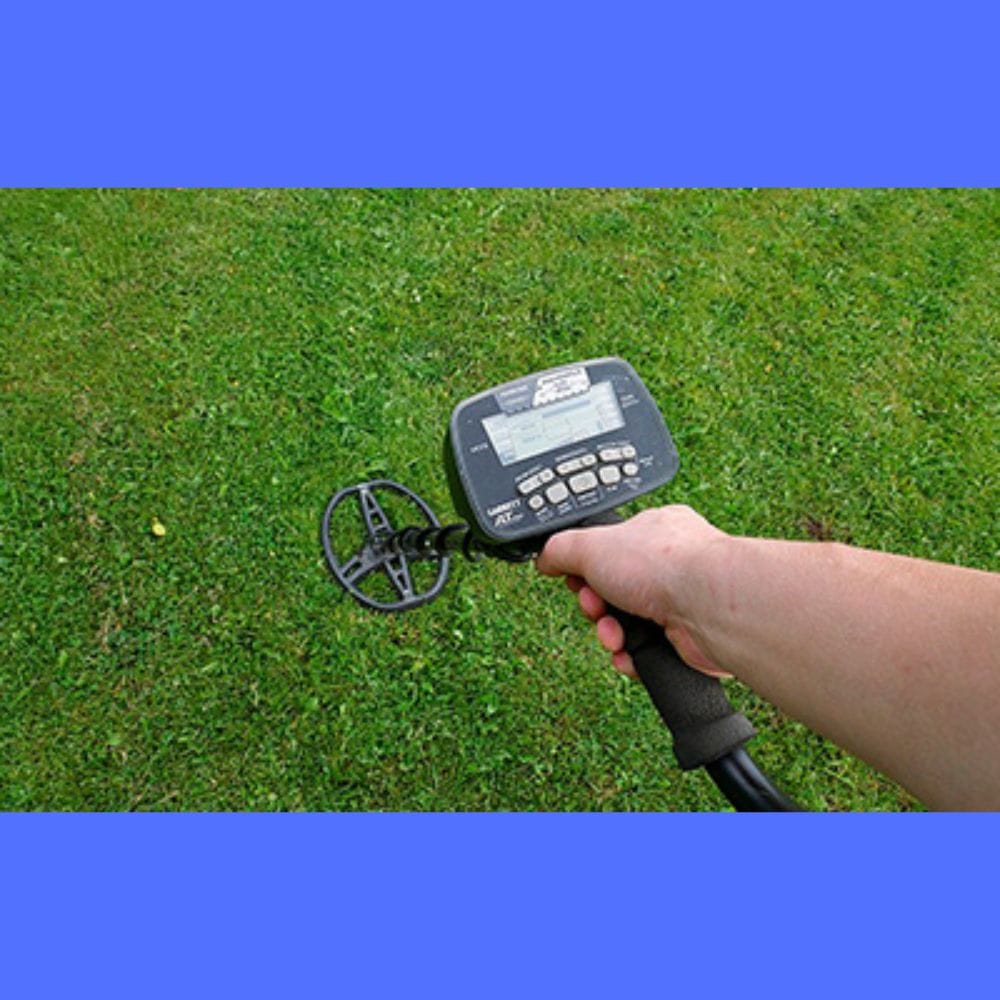
Customizing Detector's Settings for Specific Terrains
When you're out in the field, the ability to tweak your detector's settings to match the specific terrain can make a significant difference in your success rate. For instance, if you're combing a beach, you'll want to adjust the sensitivity to account for the high mineralization often found in wet sand.
By reducing the sensitivity, you can minimize false signals and focus on true targets. Conversely, in a park or an old homestead, you might increase sensitivity to pick up on smaller objects that could be relics or coins.
Understanding the nuances of your detector's settings is crucial when transitioning between different types of soil. Clay-heavy soils, for example, can cause signals to bounce around, making targets seem deeper than they actually are.
By adjusting the ground balance and discrimination levels on your metal detector, you can counteract these effects. This customization ensures that you're not digging unnecessary holes and that you're honing in on the most promising signals, which could lead to a more fruitful treasure hunting experience.
Leveraging Detector's Settings for Competitive Hunts
In the world of competitive metal detecting, where speed and accuracy are paramount, mastering your detector's settings can give you the edge. Competitions often involve timed hunts where the goal is to find as many targets as possible within a set period.
Here, you'll want to have your detector's settings dialed in for quick recovery and precise target identification. This means setting up your discrimination to ignore common trash items and configuring the audio tones to quickly discern valuable finds.
Moreover, when participating in these events, it's essential to have a solid grasp of your detector's settings to adapt on the fly. As the competition progresses, the easier targets are usually found first, leaving the more challenging ones that may be deeper or near other metal objects.
By understanding how to adjust the sensitivity, notch discrimination, and other settings, you can continue to locate targets that others might miss. This adaptability can be the difference between a good haul and a great one, making your knowledge of the detector's settings a key to competitive success.
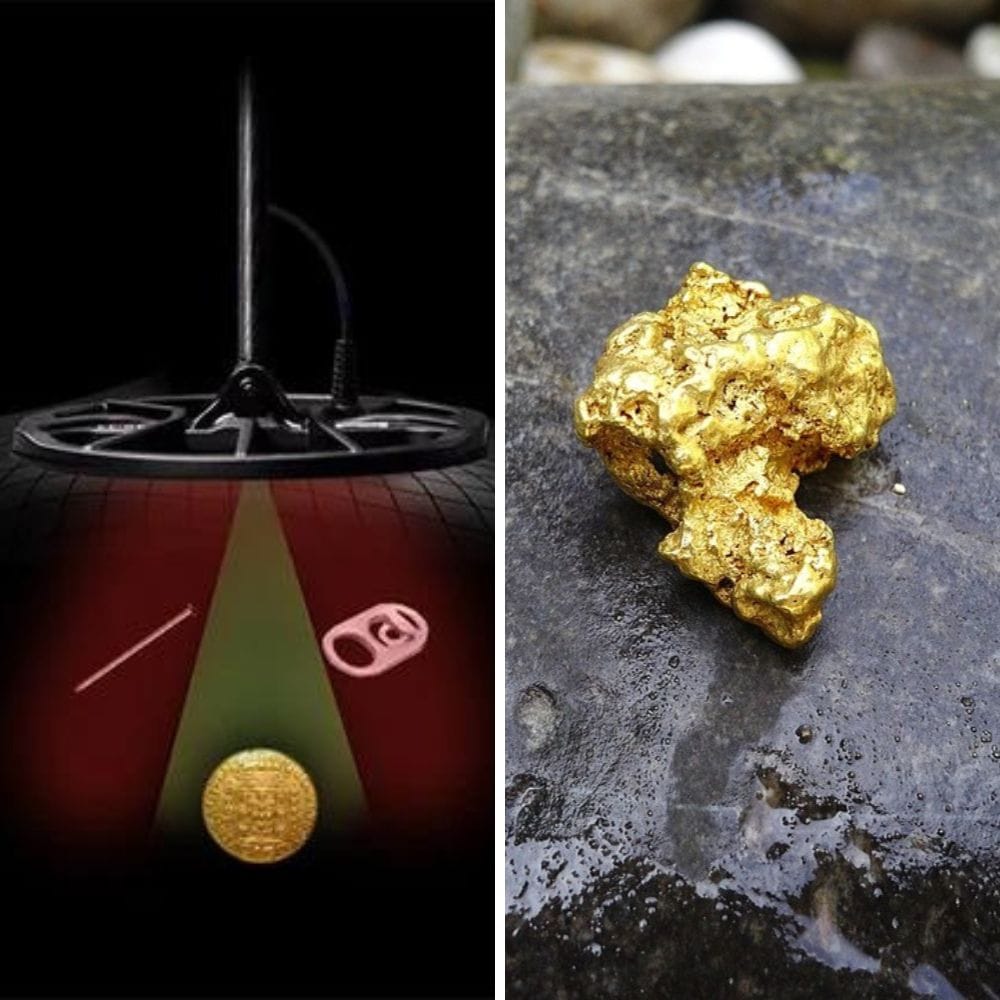
The Detector's Settings: Your Key to Versatile Hunting
Adjusting your detector's settings is not just about managing the technical aspects; it's about adapting to the environment around you. For example, if you're searching a beach, you'll want to minimize the effects of the salty, wet sand by using a lower sensitivity setting.
On the other hand, if you're scouring an old battlefield, you might want to increase your discrimination to tune out iron and other common debris, allowing you to focus on more historically significant finds.
It's also worth noting that many modern detectors come with pre-set modes for different scenarios, such as 'Coins,' 'Jewelry,' or 'Relics.' These presets are a great starting point, but don't be afraid to deviate from them.
As you use a metal detector more, you'll learn to listen to what it's telling you and adjust the settings accordingly. This could mean the difference between digging up yet another pull tab and unearthing a rare coin. So, take the time to learn and master your detector's settings; your patience will likely be rewarded with finds that others have overlooked.
The Quest for Deep Targets with the Right Detector
Embarking on the quest for deep targets requires more than just passion; it requires the right detector. When you're on the lookout for items that have been lost to time, your metal detector becomes your time machine.
The key is to choose a detector that's designed to penetrate the ground deeply enough to reach those elusive treasures. Some detectors are specifically calibrated to detect other metals at greater depths, giving you an edge in your search.
But it's not just about depth; it's also about precision. A detector that can distinguish between different types of metals can mean the difference between finding a rare coin and digging up another rusty nail. For treasure hunters, this precision is paramount.
It allows you to focus your efforts on areas where you're more likely to find the lost items that tell a story or hold value. So, when you're selecting your right detector, consider how its capabilities align with your treasure-hunting goals. After all, the deeper you can go, the closer you are to uncovering the past's secrets.
Identifying Valuable Targets
Not all metal objects are worth digging up. Identifying valuable targets, such as precious metals or historical artifacts, is a skill that comes with experience. Use your detector's target identification features and your knowledge of the search area to focus on the most promising signals.
Avoiding Common Beginner Mistakes
Beginners often make mistakes like not ground balancing their detectors or ignoring subtle audio cues. Learning from these mistakes and the experiences of other metal detectorists can greatly improve your metal detecting skills.
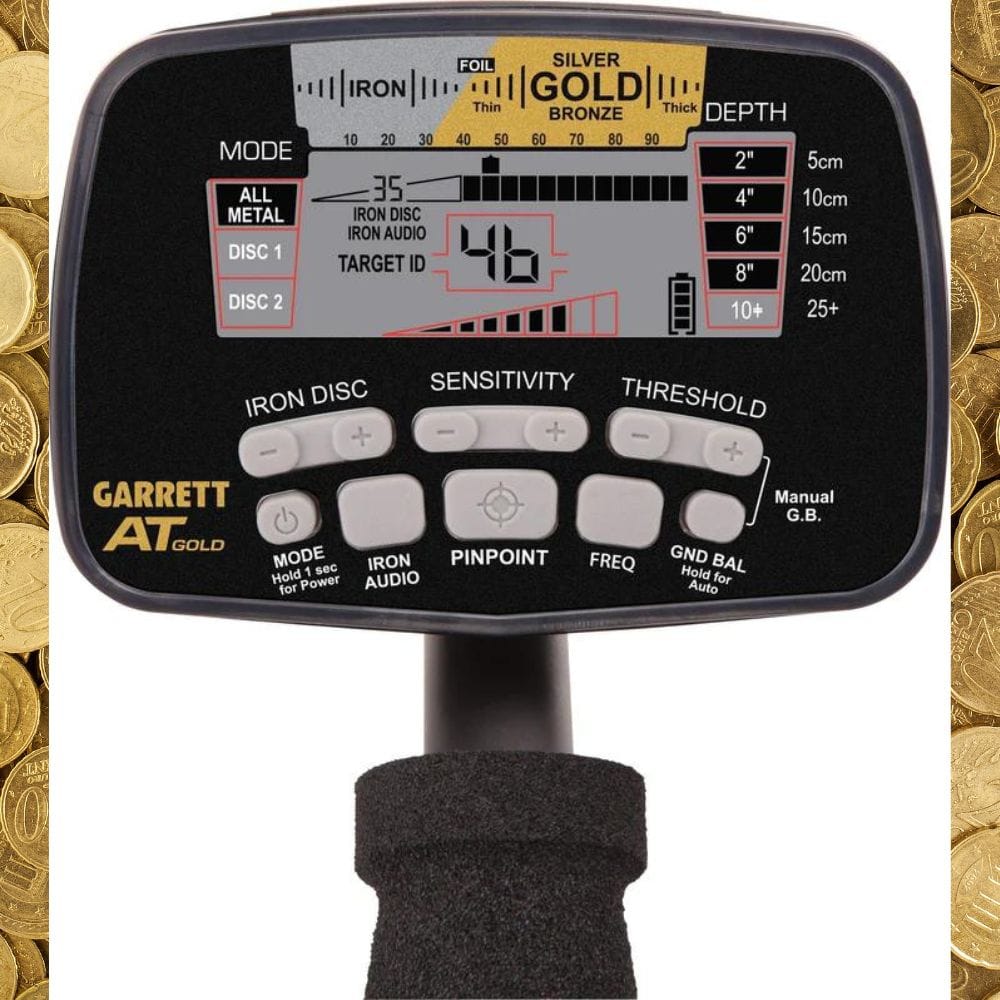
The Impact of Soil Conditions
Soil conditions, such as wet sand or mineralized soils, can greatly affect how your metal detector operates. Understanding how to adjust your detector's settings to compensate for varying ground conditions is essential for successful metal detecting.
Searching in High-Traffic Areas
High-traffic areas can be both a blessing and a curse for metal detectorists. While they may contain lost jewelry and coins, they can also be littered with trash. Developing strategies for searching these areas can lead to some exciting finds.
The Challenge of Detecting Small Objects
Small objects like lost jewelry can be challenging to detect, especially in loose soil. Using a smaller search coil and adjusting the sensitivity of your metal detector can help you locate these elusive targets.
Strategies for Treasure Hunting in Different Environments
Different environments, from beaches to historical sites, require different metal detecting strategies. Adapting your approach to the environment will increase your chances of finding buried treasure.
The Excitement of Gold Prospecting
Gold prospecting with a metal detector is an exciting and potentially lucrative activity. Using a pulse induction metal detector or a high-frequency VLF detector can increase your chances of finding gold nuggets or flakes.
Learning from Experienced Detectorists
Joining the metal detecting community and learning from experienced detectorists can accelerate your learning curve. Attend club meetings, participate in forums, and watch instructional videos to gain valuable insights.
The Ethics of Metal Detecting
Responsible metal detecting involves following local laws, obtaining permission to search on private property, and respecting historical preservation efforts. Always metal detect with ethics in mind to maintain the hobby's positive reputation.
The Joy of Unearthing Historical Artifacts
Finding historical artifacts is one of the most rewarding aspects of metal detecting. These finds can provide a tangible connection to the past and contribute to our understanding of history.
The Role of Patience in Metal Detecting
Patience is a virtue in metal detecting. Sometimes, you may spend hours without finding anything significant. However, persistence and a positive attitude can lead to amazing discoveries over time.
Tips and Tricks for Successful Metal Detecting
Seasoned metal detectorists have developed a range of tips and tricks to enhance their success. From the way they sweep the search coil to how they interpret signals, these insights can be invaluable for both beginners and advanced users.
The Importance of Regular Practice
Like any skill, metal detecting improves with regular practice. The more you use your metal detector, the better you'll become at interpreting its signals and finding valuable targets.
The Thrill of the Hunt
Ultimately, metal detecting is about the thrill of the hunt. The excitement of not knowing what you might find next is what keeps many detectorists coming back for more.
How to Read Your Metal Detector Properly
Some Final Thoughts
Reading your metal detector properly is a skill that involves understanding its functions, interpreting signals accurately, and adapting to different environments and ground conditions.
By mastering ground balancing, target identification, and the nuances of audio tones, you can significantly increase your chances of unearthing hidden treasures. Remember to practice regularly, learn from the experiences of others, and always metal detect responsibly.
Stuff You Need To Know!
Here at TopRatedStuff.com the outdoors is our home. We offer comprehensive reviews on all outdoor gear, sporting goods, and many other top rated products. If you’re a Camper/Backpacker/Fisherman, we’ve got you covered!
If you’re into Tennis/Golf/Pickleball, we’ve got everything you need including informative tutorials and informational articles. Maybe you’re a Prospector/Miner? We’ve got all the gear you need to get started and many great articles that will help you succeed!
We read through countless reviews online and only talk about the best rated top selling products so you can skip all the research and purchase whatever it is you’re looking for, quickly and efficiently!
Thanks Again for checking out our site and we hope you come back and visit us for any of your purchases! Natures gym is always open! Find your Zen outside!
FAQ's
Q: What is ground balancing and why is it important? A: Ground balancing is the process of adjusting your metal detector to ignore the effects of ground minerals. It's important because it helps prevent false signals and allows the detector to focus on detecting metallic objects.
Q: How can I tell if a signal is worth digging for? A: Use your metal detector's target identification features, such as audio tones and visual indicators, to determine the probable type of metal and depth. Experience and knowledge of the search area can also help you decide whether a signal is likely to be a valuable target.
Q: What should I do if I find a historical artifact while metal detecting? A: If you find a historical artifact, it's important to carefully uncover it and report the find to the appropriate authorities if required by local laws. Always follow ethical guidelines and respect historical preservation efforts when metal detecting.
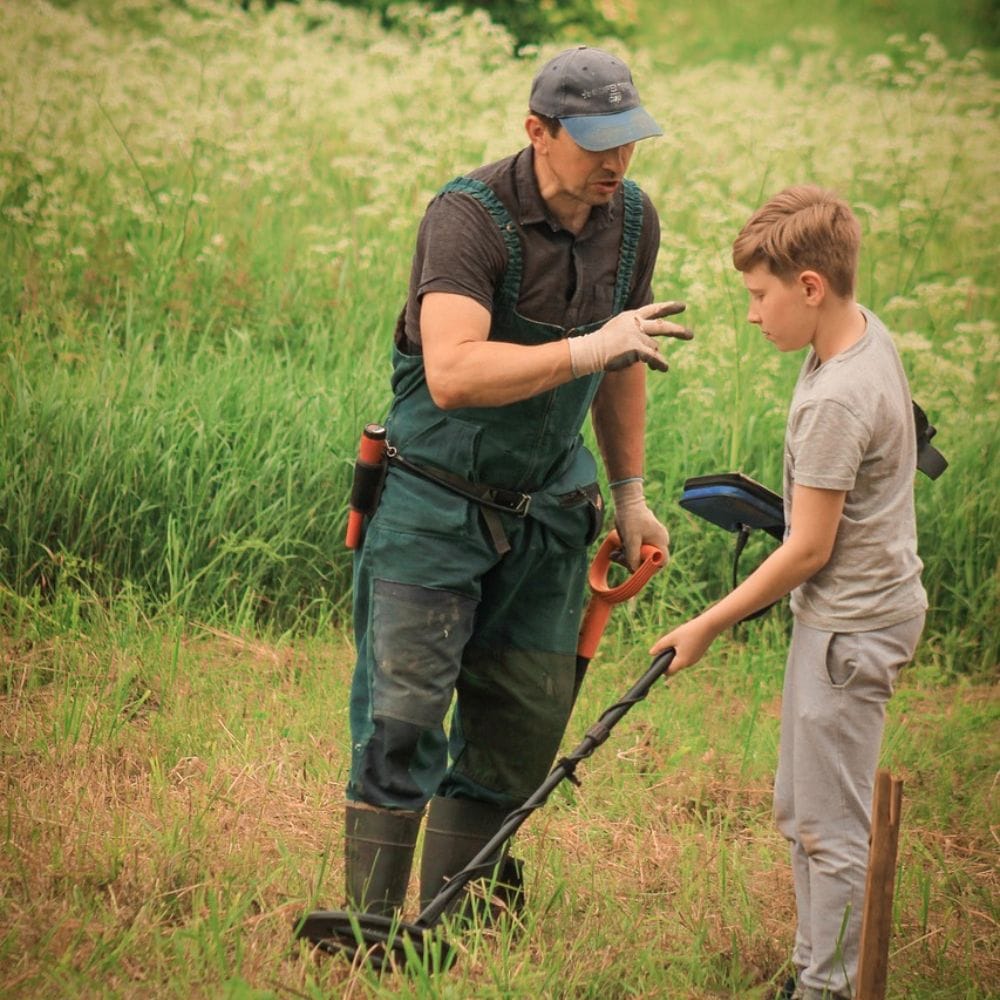


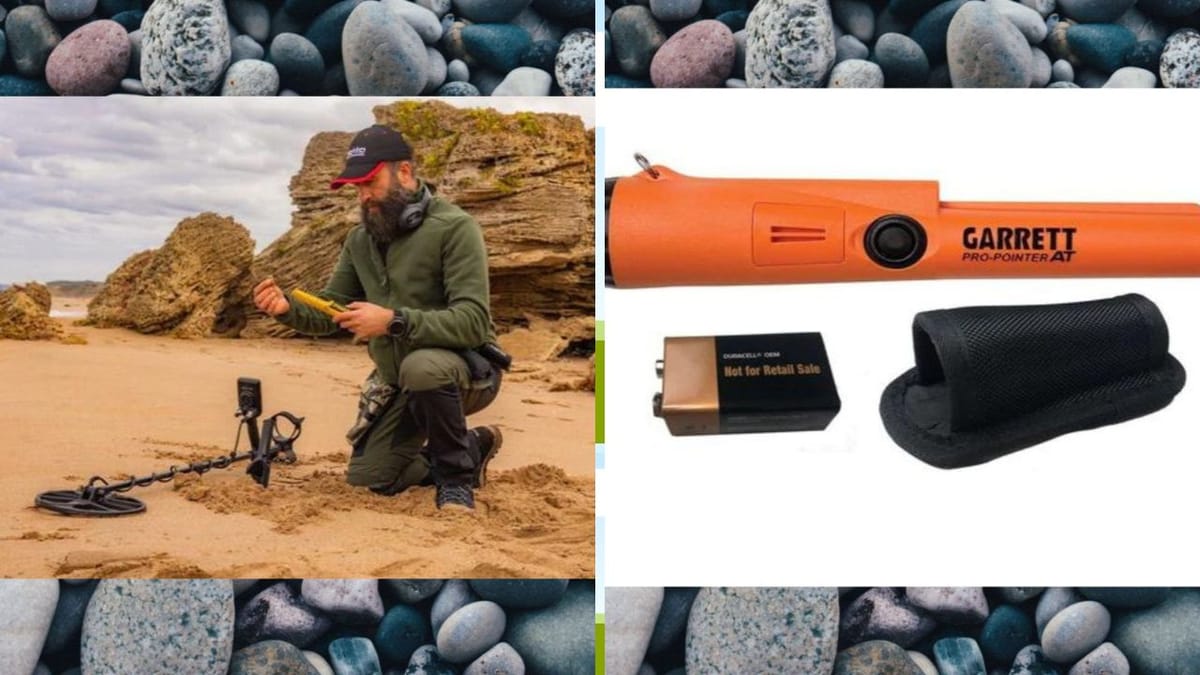

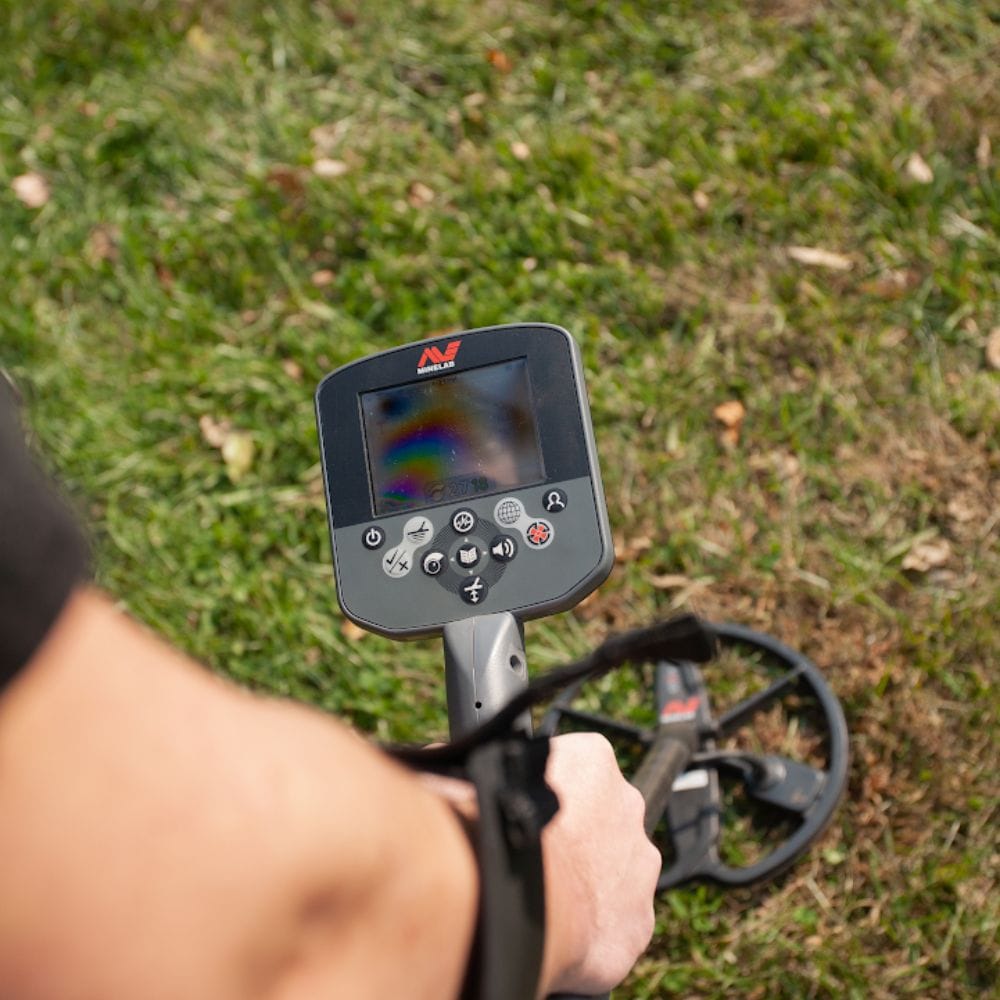




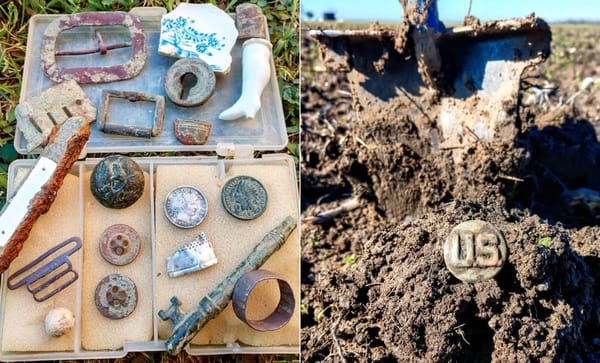
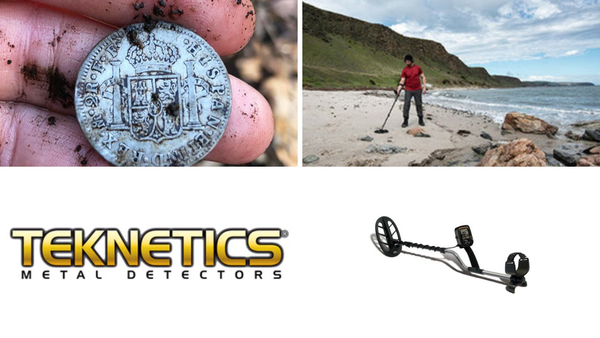
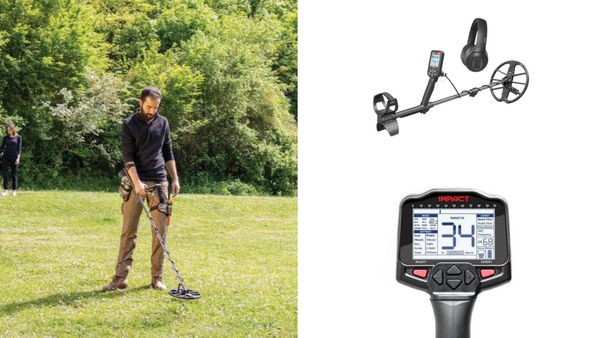
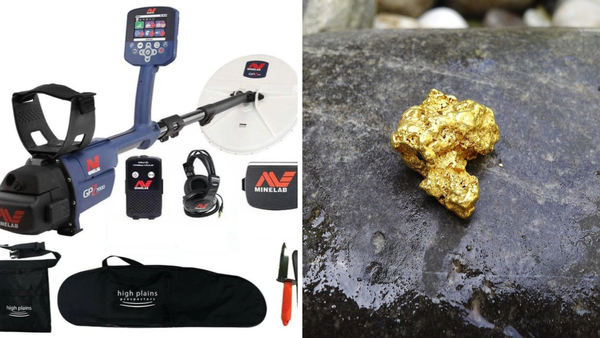
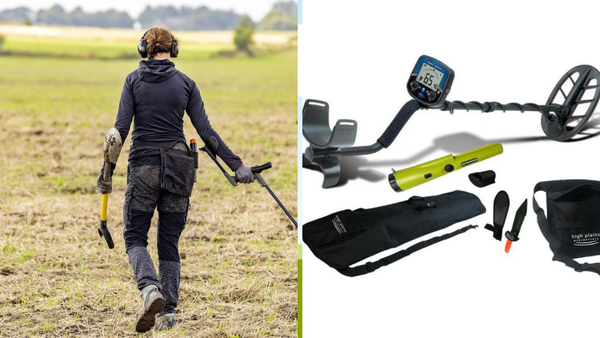
Member discussion